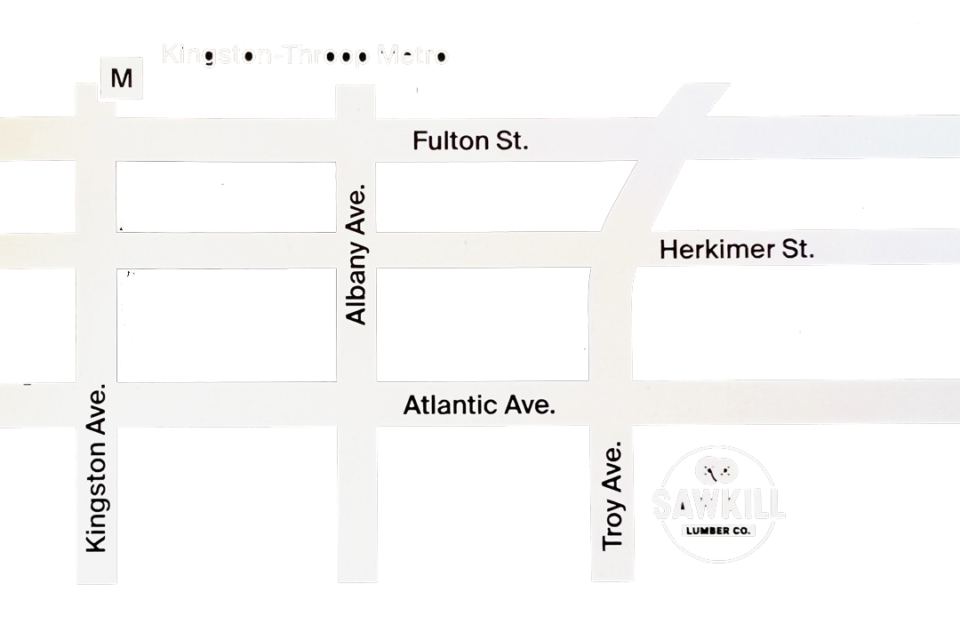Reclaimed or antique lumber has been turned inside out from it’s early years from the more degraded category of ‘used or Second-hand lumber’, merely a cheaper building material option, as much passed over by ‘high end’ projects as it’s sought after today. Not unlike the progression of the junk yard to modern recycling facility, second hand clothes to vintage thrift, these material are on the upswing for their timeworn uniqueness – and for being green. Measured by reclamation rates, 19th c. New York was likely a far more sustainable city. Secondary markets were, if not literally in-house, closely integrated into new material business’. That’s especially true with lumber and other second-hand building items. The same can be said for developing countries across the globe today. But in New York and the industrialized world, mechanized production leading to general abundance of lower priced dry goods, along with a range of other factors, produced common dumps of solid waste. Used lumber became increasingly marginalized as an item for short-term re-use in heavy construction applications. Used lumber, for instance, lined the sewers and excavated foundation sites of late 19th and early 20th c. New York. But prior to that, nearly every lumber yard featured used and second-hand lumber among the offerings. This continued well into the 20th c., but as an increasingly small percentage of all lumber on the market. By the mid-20th c., just a handful of companies held onto the trade. Today, only one city location handles used lumber in large volume. Similar to the old days, the business is combined and to some extent, subsidized with new lumber. But once shunned qualities of old wood are now beloved. Orphaned scrap, like a character from a Dickens novel, has been plucked from the old buildings and refined as a gentleman or ladies, though it’s former self still apparent on close look. The collision of these two worlds – rough and refined – is at the heart of it’s hard-knock charm.
Reclaimed Wood:a Field Guide
The first complete visual survey of this valuable resource, with chapters on history, sources and types of wood, reclamation and practical information, and contemporary uses in residential and commercial projects.

Join our newsletter and get updated!
Get occasional updates on what is going on within our company and activites.

Our location at 71 Troy Avenue in Brooklyn includes a showroom, and a 3600 sf warehouse and wood shop. We are currently open for meetings by appointment. The space features a broad selection of over 40 antique, vintage and rare reclaimed woods.
Brooklyn warehouse & showroom
(917) 862 7910
info@sawkill.nyc
Mon.-Fri. 9:00 – 5:30 pm
Sat. 10-4pm
1 Troy Ave.
Brooklyn, NY 11213
Please call in advance for appointment!
Getting There:
Train: A, C to Utica Ave. train stop. (approx. 8 min walk)
Car: Atlantic Ave. to Troy Ave. (1.5 mi. from Barclay Center)
